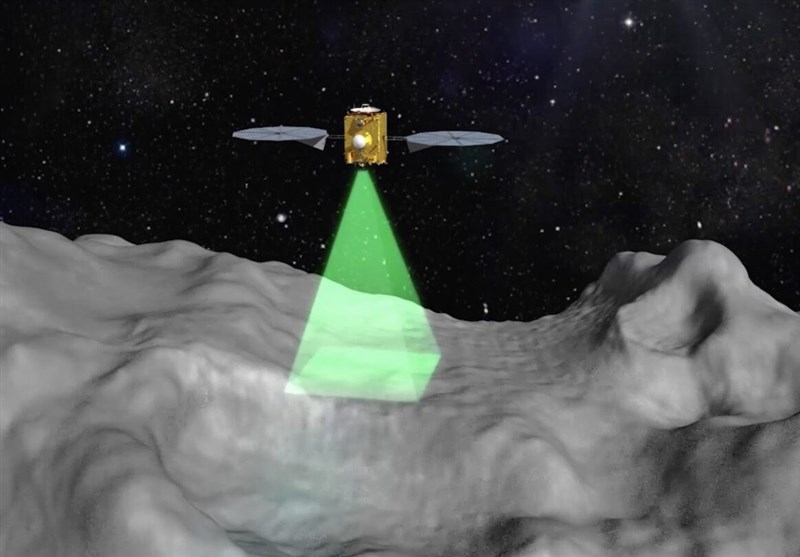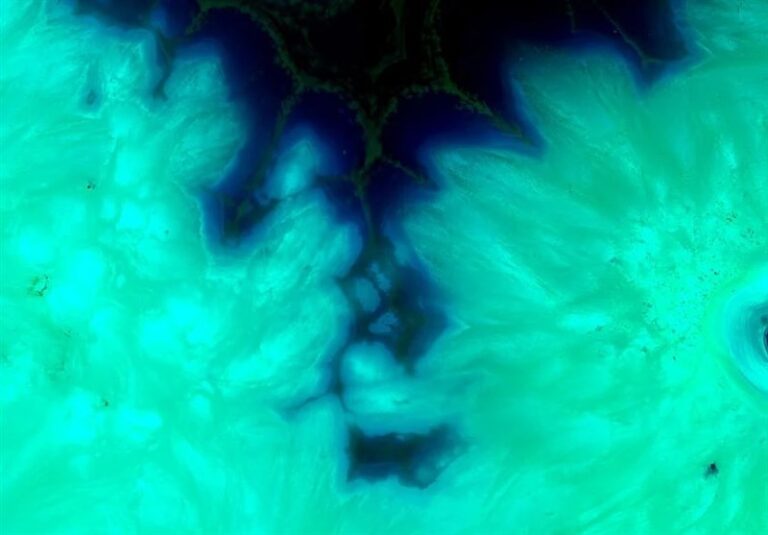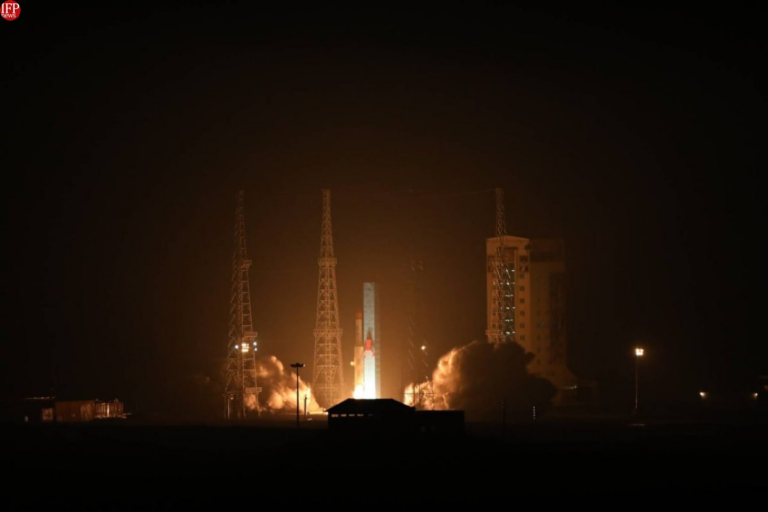
Similar Posts

Disconnecting for Health: Study Reveals Two Weeks Without Mobile Internet Could Reverse Brain Aging by a Decade!
A study from the University of British Columbia found that disconnecting from mobile internet for two weeks can significantly enhance cognitive function, effectively reversing brain age by ten years. Involving 400 participants, the research showed marked improvements in sustained attention and mental health, with 90% of participants reporting benefits surpassing those of antidepressants. Participants reduced their screen time nearly by half, engaging more in social interactions, exercise, and outdoor activities. The findings highlight the importance of managing digital consumption for better cognitive and emotional well-being, urging a reassessment of our relationship with technology.

Trump’s Layoffs Threaten Vital Cancer Research Breakthroughs
Dozens of NIH employees were recently laid off under a Trump administration executive order, sparking backlash amid a breakthrough in cancer treatment. This decision coincided with a pivotal study in Nature Medicine showing personalized immunotherapy’s promise in shrinking tumors in gastrointestinal cancer patients. Experts worry that layoffs will delay critical care and hinder research, with at least two patients already facing treatment delays. NIH’s staffing cuts threaten ongoing projects and future advancements, raising concerns about the impact on cancer care, particularly as gastrointestinal cancers rise among younger Americans. The medical community stresses the urgent need for continued innovation in cancer treatment.

Breakthrough Laser Eye Experiment Unveils ‘New’ Color: Scientists Make Stunning Discovery!
Researchers at UC Berkeley have induced a previously unperceived color, named “olo,” by targeting specific retinal cone cells with laser pulses. This groundbreaking experiment suggests that humans may not have experienced every possible color before. The study, which isolated stimulation to medium-wavelength-sensitive (M) cones, has drawn skepticism from some experts who argue it may simply be a more saturated green. Nonetheless, the findings could advance our understanding of color perception and have potential applications in color blindness and eye conditions like retinitis pigmentosa. However, the technology is not expected to be available for public use soon.

Iranian Women Entrepreneurs Dazzle in BRICS Competition: A Showcase of Innovation and Empowerment
Four innovative projects by Iranian women entrepreneurs have been recognized in the BRICS Women Entrepreneurs Forum competition, announced by Zahra Farahani during the Women, Innovation, and Technology event in Iran. Out of 1,000 submissions from 30 countries, only 26 were awarded, highlighting the exceptional talent and contributions of Iranian women in entrepreneurship. Established in 2020, the BRICS forum aims to promote women’s entrepreneurship across diverse sectors. This achievement underscores the importance of women in driving innovation and economic development, fostering collaboration among BRICS nations, and inspiring future generations of women entrepreneurs worldwide.

Revolutionary Skin Vaccine Developed by Stanford Researchers Harnesses Harmless Bacteria
Researchers at Stanford University have developed a needle-free topical vaccine using the harmless skin bacterium Staphylococcus epidermidis, offering a pain-free alternative to traditional injections. Led by bioengineering professor Michael Fischbach, the research, published in Nature, demonstrates that the modified bacterium can trigger a strong immune response, producing high antibody levels in both mice and humans. This innovative method aims to prevent respiratory pathogens by targeting mucosal surfaces. Future trials on monkeys and humans are anticipated to begin within two to three years. The approach may revolutionize vaccine acceptance and public health by eliminating common injection-related discomfort.

Iran Set to Launch Two Cutting-Edge Satellites This Sunday!
On Sunday, Iran will launch two new satellites: the upgraded Pars 2 and the Navak Satellite, emphasizing its commitment to aerospace advancements. The Pars 2 features enhanced imaging capabilities with 8-meter color and 4-meter black-and-white resolution, aiding in environmental monitoring and disaster management. The Navak Satellite, designed for high-altitude communications, will operate effectively in an elongated elliptical orbit, improving connectivity in remote areas. Alongside these unveilings, an exhibition will showcase Iran’s aerospace achievements. With 25 satellites under construction and 8 ready for launch, Iran aims to strengthen its presence in space technology and support socio-economic growth across regions.